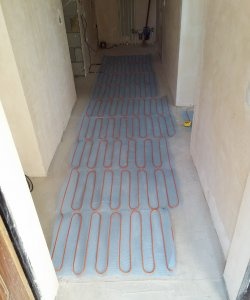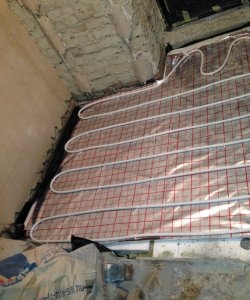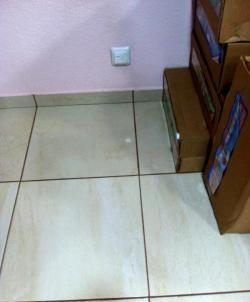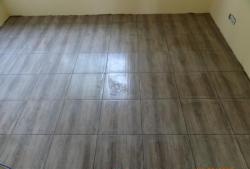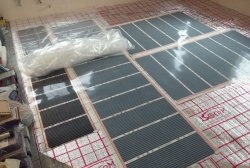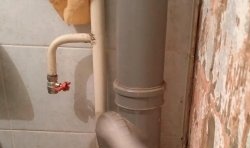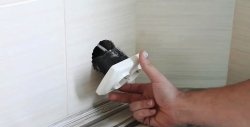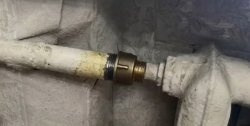The question of heated floors always arises when the main heating system cannot cope with heating the room. You have insulated a balcony, added a bathroom to the main building, or insulated a veranda or hallway in a private house. And I want to immediately feel the warmth and comfort of my home with my feet upon entering. Installed radiators heat the air rushing to the ceiling. And the floor remains cold.

The Russian market offers a wide range of materials for the manufacture of heated floors. They are divided into two types according to the heating method: electric and water. When choosing a water coolant for heating, I was guided by the following: the room already has a heating system, the danger of electric shock is eliminated, and the price is reasonable.
Having water heating, I decided to install heated floors in the attached bathroom. I read a huge amount of literature and decided on floors with a water circuit for heating. The high heat capacity of water allows for more efficient heat transfer and makes it stand out among other coolants.
I began work by preparing the surface of the earthen floor.A thin layer of gravel was filled with a cement-sand screed 5-8 cm thick, leveling the floor horizontally. An insulating pad is laid on the floor. It isolates the heating circuit from the floor and, due to its reflective properties, directs heat upward.
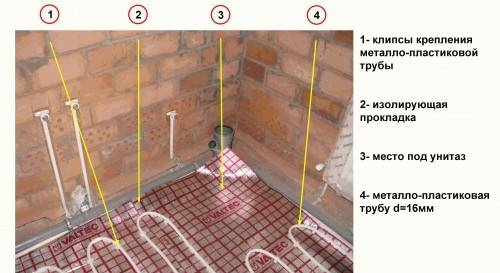
For the insulating gasket, a 6 mm thick material covered with a layer of foil was selected. The use of a foil layer to reflect heat is strictly necessary.
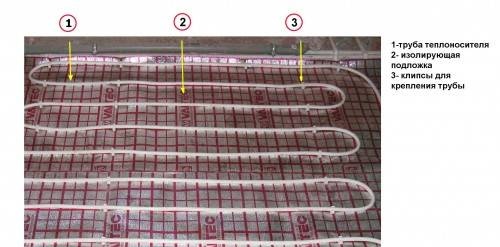
Flexible metal-plastic pipes with a diameter of 16 mm are laid on top of the insulating layer. We lay the pipes in a snake pattern at intervals of 20-30 cm and secure them with clips. You can use any fastener that is familiar to you.
We connect the heater to the main pipeline. To ensure the supply of coolant, I installed a temperature control unit.

Adjustment is made using valves and a pump speed switch. It is recommended to maintain the floor temperature within 32-40°C.
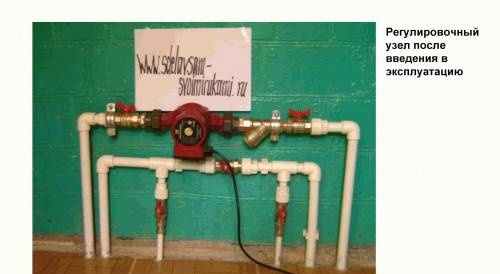
The economic advantages of heated floors are that there is no need to paint or maintain heating radiators.
